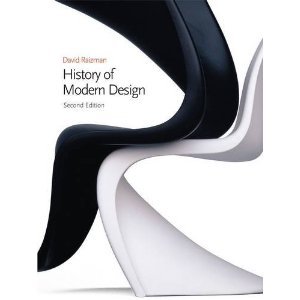
Afhentning i butik
Hurtig levering 1-3 hverdage
Fast lav fragt 49 DKK

Relaterede produkter
9788774076773
David A. Garcia
This publication emerges from ‘Architecture and Extreme Environments’, a master’s programme at the Royal Danish Academy that aims to generate a positive impact on the issues our world faces today. Through a site-specific approach, the programme responds to present and future global challenges through research by design, fine-tuned and site-specific strategies, and active fieldwork in remote locations around the world. The book compiles fieldwork investigations, personal and student work, reflective, methodical and personal essays and finally a summary of the MAP Publication issues to date. A selection of these MAP publications will also be reissued and independently available alongside the book.
400,00 DKK